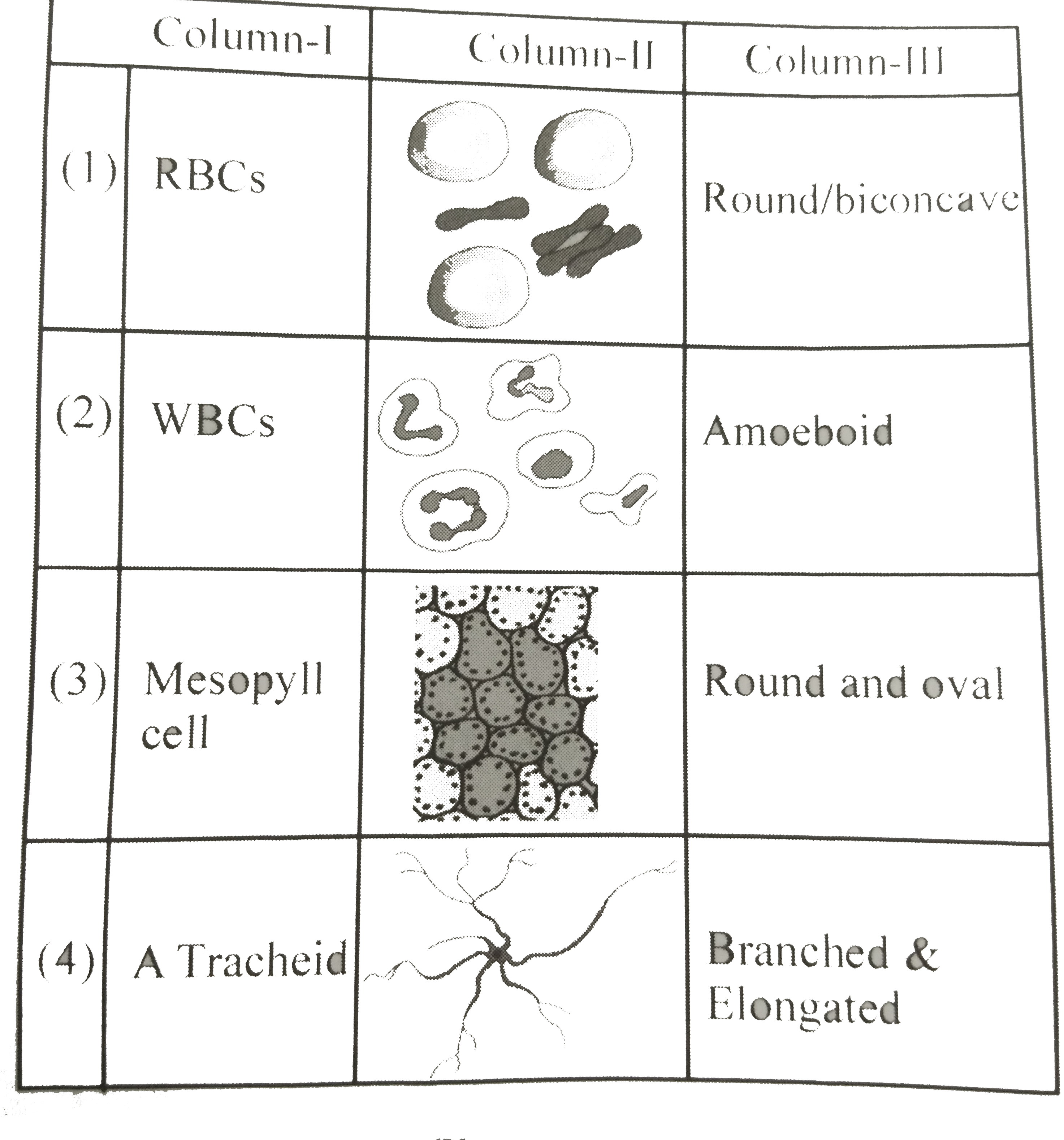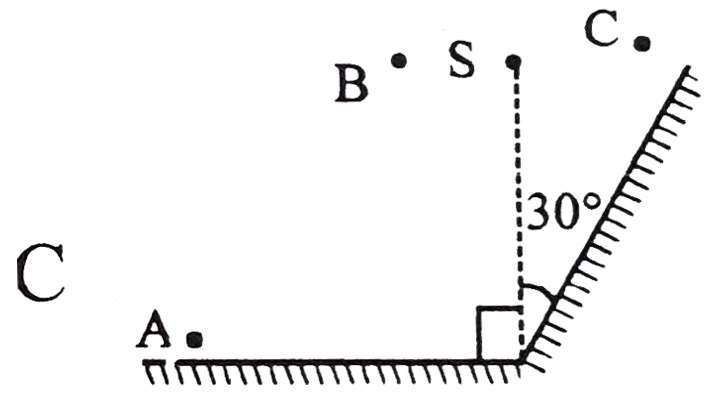A polariod (I) is placed in front of a monochromatic source. Another polariod (II) is placed in front of this polariod (I) and rotated till no light passes. A third polariod (III) is now placed in between (I) and (II), then
As per the given question, monochromatic light emerging from polaroid (I) is plane polarized. When polaroid (II) is placed in front of this polaroid (I), and rotated till no light passes through polaroid (II), then (I) and (II) are set in crossed positions, i.e., pass axes of I and II are at 90∘.
When a third polaroid (III) is placed inbetween (I) and (II). In all other cases, light will emerge from (II), as pass axis of (II) will no longer be at 90∘ to the pass axis of (III).
Topper's Solved these Questions
- OPTICSBook:PRADEEPChapter:OPTICSExercise:Very short answer question
Explore 5 Videos
- OPTICSBook:PRADEEPChapter:OPTICSExercise:very short answer questions
Explore 1 Video
- MAGNETIC EFFECT OF CURRENT AND MAGNETISMBook:PRADEEPChapter:MAGNETIC EFFECT OF CURRENT AND MAGNETISMExercise:Competition Focus (Multiple Choice Questions)
Explore 2 Videos
Similar Questions
A polariod (I) is placed infront of a monochromatic source. Another polariod (II) is placed in front of this polaroid (I) and rotated till no light passes. A third polaroid (III) is now placed in between (I) and (II). In this case, wil light emerge from (II) . Explain.
View SolutionIncorrect match between column-I, II and III

View Solution
Knowledge Check
A point source of light is placed in front of a plane mirror.
AAll the reflected rays meets at a point when produced backwardBony the reflected rays close to the normal meet at a point when produced backwardCony the reflected rays making a smal angle with the mirror meet at point when prodced backward.Dlight of different colours make different imagesPb has been placed in groups I and II because
AIt shows the valency of one and twoBIt is partly soluble in H2OCIt forms insoluble PnCI2DIt from lead sulphideLead has been placed in the group I and II because
Ait shows the valency of one and twoBit forms insoluble PbCl2Cit forms lead sulphideDit is partially soluble in water
A polaroid is placed at 45∘ to an incoming light of intensity I0. Now the intensity of light passing through polaroid after polarisation would be
View SolutionA polaroid is placed at 45∘ to an incoming light of intensity I0. Now the intensity of light passing through polaroid after polarisation would be
View SolutionA point source of lightS is placed in front of two large mirros as shown .Which of the following observes will see only one image of S?

View SolutionUnpolarised light of intensity I passes through an ideal polariser A. Another identical polariser B is placed behind A. The intensity of light beyond B is found to be I2. Now another identical poariser C is placed between A and B. The intensity beyond B is now found to be I8. The angle between polariser A and C is :
View SolutionUnpolarised light of intensity I passes through an ideal polariser A. Another identical polariser B is placed behind A. The intensity of light beyond B is found to be I2. Now another identical polariser C is placed between A and B. The intensity beyond B is now found to be I8 . the angle between polariser A and C is
View Solution